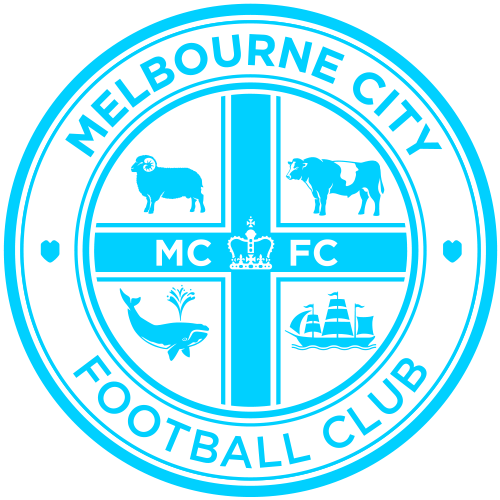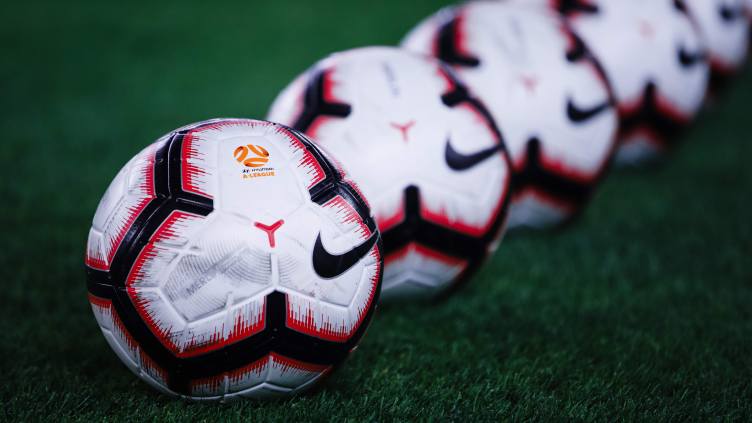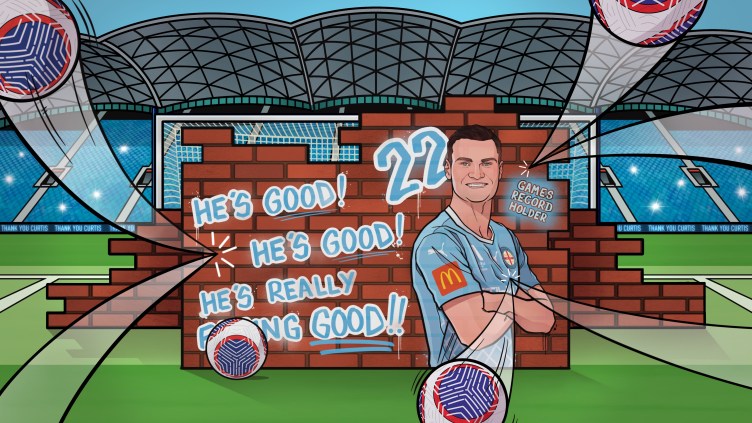We’re well into the January transfer window but, with all of the complexities of operating in a salary cap league with international players, you’re probably wondering what the state of play is and what clubs are allowed and not allowed to do. Don’t worry though, we’ve got your back!
Melbourne City’s Director of Football, Michael Petrillo gives us the low-down on the challenges of player transfers.
Club restrictions
Players allowed
Each Club is allowed a maximum of 23 and a minimum of 20 players on its books – that is, players with A-League contracts. Of those players, two must be goalkeepers, and at least three must be Australian and aged 20 or under. They may also use players under Y-League contracts if needed at certain times but they don’t fall under the salary cap nor under the 23 player maximum.
Types of Players and the Salary Cap
Youth Players, Foreign Players, Designated Players, Homegrown Players, Loyalty Players, Mature Age Rookie Players, Guest Players, Scholarship Players, NZP Scholarship Players and Replacement Players, these are all the categories that players can fall into. Yes, it sounds complicated and it is challenging at times to keep up but there are straight-forward explanations for each category so its not too confusing.
Speaking of the salary cap, this is an amount of money that the whole squad’s wage bill needs to fit under with the exception of a few players including two Designated or marquee players as they have been known as. Another player type outside the cap are up to four Homegrown players (under 21 Australian players signing their first professional contract and cannot have played Y-League at any other A-League club) whose wages up to the amount of $200,000 in total are not included.
Then there’s what’s called a Mature Age Rookie Player. These players must be Australian, at least 21 years of age and not have played as a professional anywhere for at least 18 months. In addition, a Guest Player salary is also exempt from the cap. Guest players need to meet a very high threshold to gain FFA approval. A Guest Player can be an additional player to the 23-man roster.
Clubs can also have up to six Scholarship players (20 years of age or under) who are not on the Clubs roster and are not included in the salary cap unless they are paid more than he stipulated minimum wage in which case the difference will be included in the salary cap.
So, other than the afore mentioned players, it has to fit the remaining players into the salary cap total – which is no mean feat considering the financial power of some of our overseas neighbours in the Middle East and Asia!
International Spots
Within the maximum 23 players allowed, there is also a limit put on international players. Each club is allowed a maximum of five internationals, leaving a minimum of 15 Aussies that must be signed
Club to Club Transfers
Well, safe to say, it’s not like it is in Europe, here in the A-League. A-League clubs can’t sell players to each other, they can only sell to clubs overseas. That means if City wanted to sign a player from Sydney FC say, we would have to wait for Sydney FC to release that player and then sign as a free agent which is difficult because then Sydney FC get no compensation for that player. So, naturally, they’d prefer to sell overseas, recoup some money which they can then look to spend o another player to fill the spot on the list.
This season we are able to have Intra-Cub loans. Only Australian players under 23 years of age can be loaned between A-League clubs.
For more on the intricacies of Club rosters and the salary cap, have a gander at the A-League’s explanation HERE.
We know, we know. It’s a bit complicated. Let’s use some examples…
Take Ritchie De Laet as an example for City. De Laet is part of City’s 20 rostered players, he is an international (Belgium) and he is a designated player. So, if City want to sign another international or designated player, Ritchie would have to leave.
Alternatively, using young Lachie Wales as an example. Lachie is part of City’s 20 rostered players, he’s Australian and not a designated player. That means, if Lachie moved away, the Club would be able to sign another player, but they’d have to be Aussie and fit into the space in the salary cap vacated by Lachie’s exit.
So, in real life, what does that look like?
Following Michael O’Halloran’s departure, City currently has one spot in the team available to sign another player. That spot can be an international player (because Michael is Scottish) or Australian but must fall under the salary cap (because he was not a designated player).
With all of the rumours currently (see mid-January’s Mediawatch for this!), as things stand any player City sign must be under the cap, unless either Ritchie or Bruno leave which opens up a designated player spot. However, because designated players are usually the most valuable, Club’s would hope to be compensated for transferring them which, as mentioned earlier, can’t happen in A-League to A-League clubs transfers, only overseas.
In short, it’s a bit of a minefield and there’s lots to consider.
And then there’s agents…
Of course, there are always players that want to look to play elsewhere and to help facilitate moves, some agents will be busy on the phones to clubs and to media to help stoke the transfer rumours. It all makes for a good story and is part of the game but, as you’ve no doubt seen over a long time, most transfer talk is speculative and mostly just for entertainment.
At the end of the day though, while January transfer windows mean endless phones calls, sleepless nights and more coffee than Nescafe would know what to do with, it’s football and we love it!





